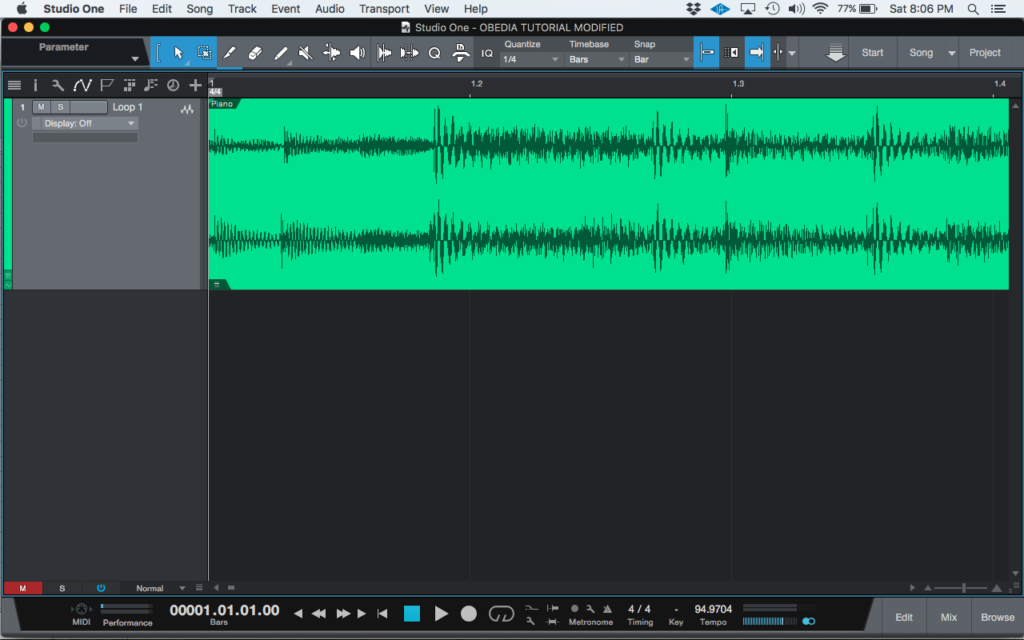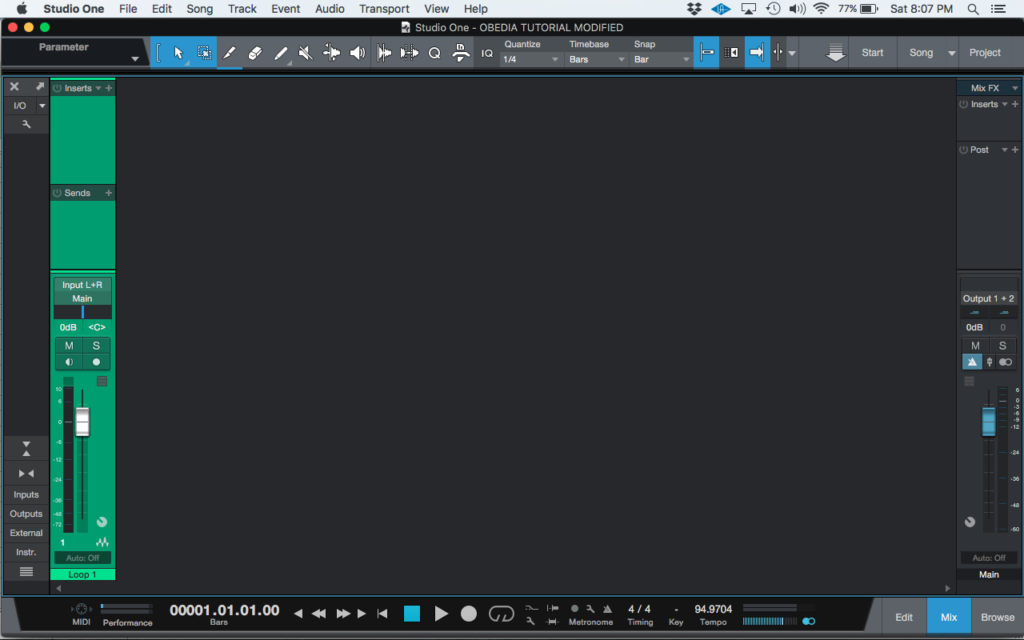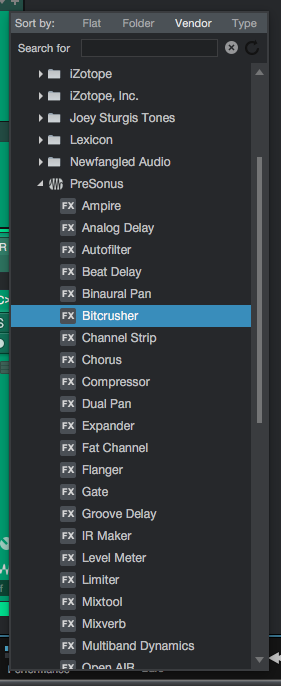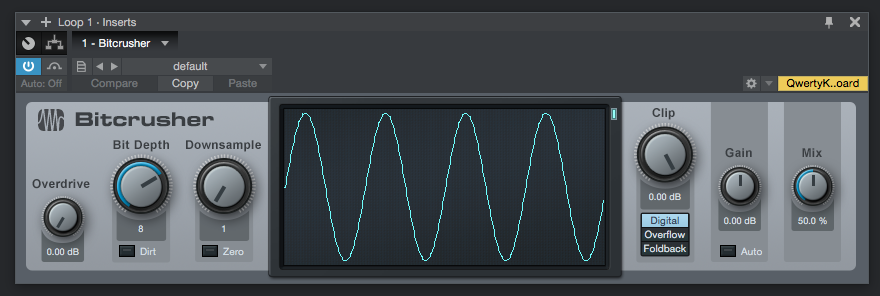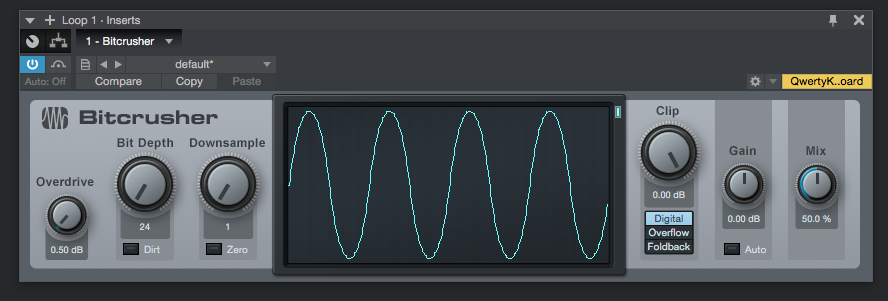The following tutorial shows the user how to use the Presonus Bitcrusher plugin in Studio One 4.
Need a Pro Audio laptop to run Presonus Studio One 4 software and all of its features at its best? Check out the MC Mobile line of Pro Audio Laptops from PCAudioLabs.
On the modern days of audio mixing, the digital tools that engineers use in order to shape the recorded sound are called Plugins. Plugins can emulate the behavior of vintage analog pieces of gear, or simply act as clean/linear digital signal processors, performing tasks such as equalization, compression, limiting, expansion, gating, time-domain effects, etc. Studio One 4 comes with a variety of proprietary plugins that can help the user mix a music production completely “in-the-box”.
One of the most used processors that come with Studio One is the Bitcrusher, which can be used for aesthetic purposes in order to enrich the harmonic content of an audio signal by “crushing” its bit-depth or samples, and clipping the signal.
For the purpose of this tutorial, we will explain how to use the Presonus Bitcrusher plugin in Studio One 4:
- Open or create a new Studio One 4 song:
2. Open and maximize the MIX tab:
3. From the inserts list of the track, select “Bitcrusher”:
The Bitcrusher plugin window will open as:
It is easy to see from the previous picture, the Bitcrusher plugin has several parameters that can be explained as:
- Overdrive: This knob lets the user apply a distortion effect, ranging from clean to fuzz.
- Bit Depth: This knob lets the user select the level of Bit Depth reduction, it can go all the way down to 1 bit.
- Dirt: This button lets the user add high-frequency instability in the Bit Depth reduction, yielding more pronounced distortion artifacts.
- Downsample: This knob lets the user select the level of Downsample to apply.
- Zero: This button lets the user emphasize the high-frequency ringing effects added by the downsampling process.
- Clip: This knob lets the user set the threshold for the signal clipping effect. At a value of 0, the signal is unaffected, while at values below 0, the signal is clipped according to any of the three distortion algorithms selected.
- Digital: Standard digital clipping algorithm. When selected, it will squarely clip the peaks of the waveform at the chosen threshold.
- Foldback: When this algorithm is selected, it will introduce harmonics by inverting the waveform peaks at the chosen threshold.
- Overflow: When this algorithm is selected, the peaks will be inverted and offset at a faster interval.
- Gain: This knob sets the output gain.
- Mix: This knob creates a blend between the dry (0%) and effected (100%) signals.
For the purpose of this tutorial, we will use the Bitcrusher to create a subtle overdrive boost effect. The Bitcrusher plugin should be set as:
- Overdrive: 0.5 dB.
- Bit Depth: 24.
- Dirt: OFF.
- Downsample: 1.
- Zero: OFF.
- Clip: 0 dB.
- Digital: ON.
- Foldback: OFF.
- Overflow: OFF.
- Gain: 0 dB.
- Mix: 50%.
4. Apply the previous configuration, and the Bitcrusher plugin should look like this:
At this point we have successfully explained how to use and configure the Bitcrusher plugin in Studio One 4. The tutorial has now finished.
Using Presonus Studio One 4 software to produce music would be ideal with one of our professionally designed PCAudioLabs Systems due our high-performance specifications in order to work with any of the Digital Audio Workstations supported. If you would like to order one of our PCAudioLabs computers, please call us at 615-933-6775 or click this link for our website.

